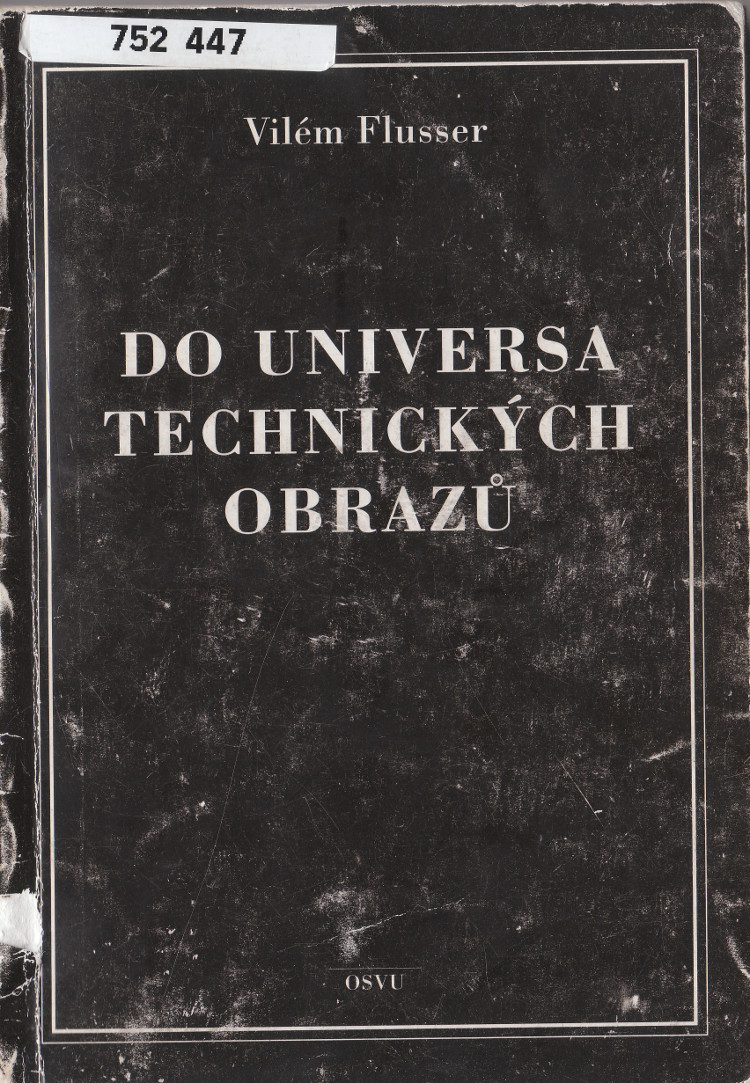Frohne, Schieren, Guiton (eds.): Present Continuous Past(s): Media Art. Strategies of Presentation, Mediation and Dissemination (2005)
Filed under book | Tags: · archive, archiving, art history, conservation, database, media art, preservation, storage, video art

“With a history of more than 30 years, media art plays an increasingly important role in the international discourse on contemporary art. The reception of canonical video works and electronic media installations is however restricted to temporary and locally defined displays in museum exhibitions or confined to incomplete catalogue documentations. This volume provides a unique combination of theoretical reflections on the reproducibility, preservation of authenticity and juridical implications of emulation techniques with practical approaches to archiving methods and commercial aspects of media art’s accessibility. It is an indispensible guide to the pro’s and con’s for new forms of de-centralized systems of mediation and the growing demands for liberal rules and easy access to online-presentations of media art. Uncomparable to other current publications, the book offers a practical manual with checklists for relevant websites and content profiles of major distribution companies.”
With contributions by Ursula Frohne, Ulrike Rosenbach, Sabine Flach, Elke Bippus and Dirck Möllmann, Mona Schieren, Lydia Haustein, Dieter Daniels, Katharina Ammann, Hans D. Christ and Stan Douglas, Dennis Del Favero / Neil Brown / Jeffrey Shaw / Peter Weibel, Jean-François Guiton, Rudolf Frieling, Monika Fleischmann / Wolfgang Strauss, Rens Frommé / Sandra Fauconnier, Lori Zippay, Bart Rutten.
Edited by Ursula Frohne, Mona Schieren, Jean-Francois Guiton
Publisher Springer, Vienna, 2005
Schriftenreihe der Hochschule für Künste Bremen series, 2
ISBN 3211254684, 9783211254684
223 pages
via Jo Morfin
PDF (updated on 2020-9-26)
Comments (4)David G. Post: In Search of Jefferson’s Moose: Notes on the State of Cyberspace (2009)
Filed under book | Tags: · cyberspace, database, dns, filesharing, intellectual property, internet, networks

A leading Internet authority applies the political thought of Thomas Jefferson to the issue of how cyberspace should be governed.
In 1787, Thomas Jefferson, then the American Minister to France, had the “complete skeleton, skin & horns” of an American moose shipped to him in Paris and mounted in the lobby of his residence as a symbol of the vast possibilities contained in the strange and largely unexplored New World. Taking a cue from Jefferson’s efforts, David Post, one of the nation’s leading Internet scholars, here presents a pithy, colorful exploration of the still mostly undiscovered territory of cyberspace–what it is, how it works, and how it should be governed.
What law should the Internet have, and who should make it? What are we to do, and how are we to think, about online filesharing and copyright law, about Internet pornography and free speech, about controlling spam, and online gambling, and cyberterrorism, and the use of anonymous remailers, or the practice of telemedicine, or the online collection and dissemination of personal information? How can they be controlled? Should they be controlled? And by whom? Post presents the Jeffersonian ideal–small self-governing units, loosely linked together as peers in groups of larger and larger size–as a model for the Internet and for cyberspace community self-governance. Deftly drawing on Jefferson’s writings on the New World in Notes on the State of Virginia, Post draws out the many similarities (and differences) between the two terrains, vividly describing how the Internet actually functions from a technological, legal, and social perspective as he uniquely applies Jefferson’s views on natural history, law, and governance in the New World to illuminate the complexities of cyberspace.
In Search of Jefferson’s Moose is a lively, accessible, and remarkably original overview of the Internet and what it holds for the future.
Publisher Oxford University Press, 2009
Law and Current Events Masters
ISBN 0195342895, 9780195342895
244 pages
PDF (updated on 2012-9-23)
Comments (2)Vilém Flusser: Into the Universe of Technical Images (1985–) [DE, HU, CZ, EN]
Filed under book | Tags: · communication technology, computing, cybernetics, database, entropy, image, media, media theory, philosophy, photography, postmodernism, technical image, technology, theory, virtual reality


Poised between hope and despair for a humanity facing an urgent communication crisis, this work by Vilém Flusser forecasts either the first truly human, infinitely creative society in history or a society of unbearable, oppressive sameness, locked in a pattern it cannot change. First published in German in 1985 and now available in English for the first time, Into the Universe of Technical Images outlines the history of communication technology as a process of increasing abstraction.
Flusser charts how communication evolved from direct interaction with the world to mediation through various technologies. The invention of writing marked one significant shift; the invention of photography marked another, heralding the current age of the technical image. The automation of the processing of technical images carries both promise and threat: the promise of freeing humans to play and invent and the threat for networks of automation to proceed independently of humans.
Originally published in German as Ins Universum der technischen Bilder, European Photography, 1985
Czech edition: Do universa technických obrazů
Translated by Jiří Fiala
Publisher OSVU, 2002
ISBN 8023875698
162 pages
English edition
Translated by Nancy Ann Roth
Introduction by Mark Poster
Publisher University of Minnesota Press, 2011
Volume 32 of Electronic Mediations
ISBN 0816670218, 9780816670215
224 pages
Review (Bob Hanke, International Journal of Communication)
Translator (EN)
Publisher (EN)
Ins Universum der technischen Bilder (German, 1985, added on 2016-8-4)
A technikai képek univerzuma felé (Hungarian, trans. József Maleczki, 2001; revised trans. Dalma Török, 2011; HTML, added on 2014-2-14)
Do universa technických obrazů (Czech, Jiří Fiala, 2002, no OCR, added on 2013-4-1)
Into the Universe of Technical Images (English, trans. Nancy Ann Roth, 2011, updated on 2012-7-17)

